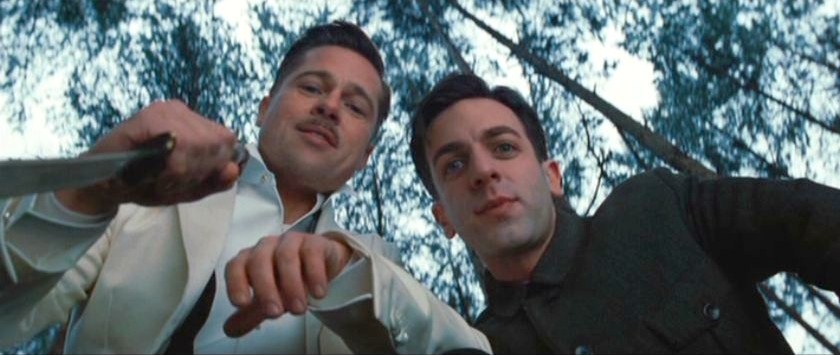Gilligan grew a passion for screenwriting at an early age, regularly attending his Grandfathers bookstore, picking up comics and sci-fi paper backs as well as expressing his love for classic movies, and on his bedroom wall he would display a variety of different movie posters. He would also go out and create short films with his younger brother using a super 8 camera supplied by family friends.
Vince Gilligan's talent for screenwriting was first discovered when Gilligan wrote the screenplay for Home Fries, which won a Virginia Governors Screenwriting award. Producer Mark Johnson was one of the judges and also became Vince Gilligan's mentor and introduced him to The X-Files creator Chris Carter. Gilligan then became the writer on the show for which he was nominated for multiple awards. Since then Gilligan has gone on to win 2 Emmy Awards, both for Breaking Bad which has also gone on to be regarded as one of the greatest TV series ever made.
His style of writing is somewhat unique, the idea of getting to know the character as the series progresses at a similar rate to the audience is fairly common amongst many screenwriters but the idea of embracing curveballs is something many writers like to avoid. It is risky business writing for a TV series, in series 2 of Breaking Bad, one of the actors dropped out after just one episode meaning Gilligan had to create a whole new character, Gustavo Fring.
"If you’re too rigid in your thinking you may miss some wonderful opportunities for storytelling." Vince Gilligan
Gilligan's work has influenced mine greatly as it was his show Breaking Bad that gave me the idea of creating a film based around drugs. The difference between his idea and mine is that his character, Walter White, is trying to get into the drug trade while my character, Reece, attempts to move away from the drug trade.
Gilligan's work has influenced mine greatly as it was his show Breaking Bad that gave me the idea of creating a film based around drugs. The difference between his idea and mine is that his character, Walter White, is trying to get into the drug trade while my character, Reece, attempts to move away from the drug trade.
















